MET230L Hydraulic and Pneumatic Systems Lab - Unit 3 Project
VerifiedAdded on 2022/08/27
|8
|560
|24
Project
AI Summary
This assignment solution details a MET230L Unit 3 course project focused on hydraulic and pneumatic systems. The project involves designing and simulating a pneumatic circuit. The solution includes a complete component naming, a detailed prediction of the circuit's operational sequence when a push button valve (M1) is activated, and step-by-step simulation results with labeled screenshots for each state change in the circuit. The circuit includes components such as a compressed air supply, various valves (3/2-way, 5/2-way, flow control), cylinders (single and double acting), and proximity switches. The simulation demonstrates the sequence: Cylinder C1 extends, Cylinder C2 extends, and both cylinders retract. The solution follows the instructions, including file naming conventions and references to relevant literature, demonstrating a practical application of pneumatic circuit design and analysis using simulation software.
1 out of 8
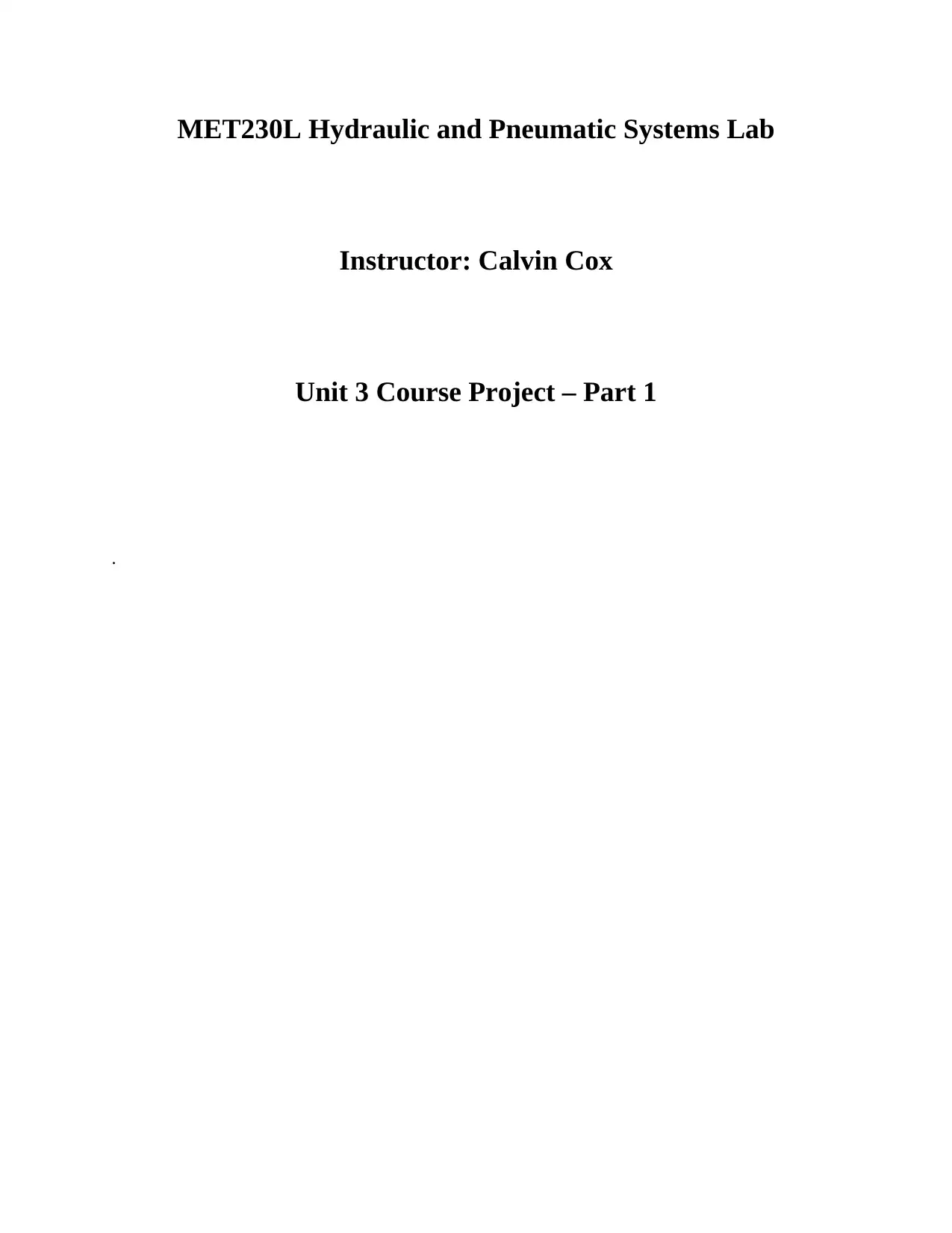
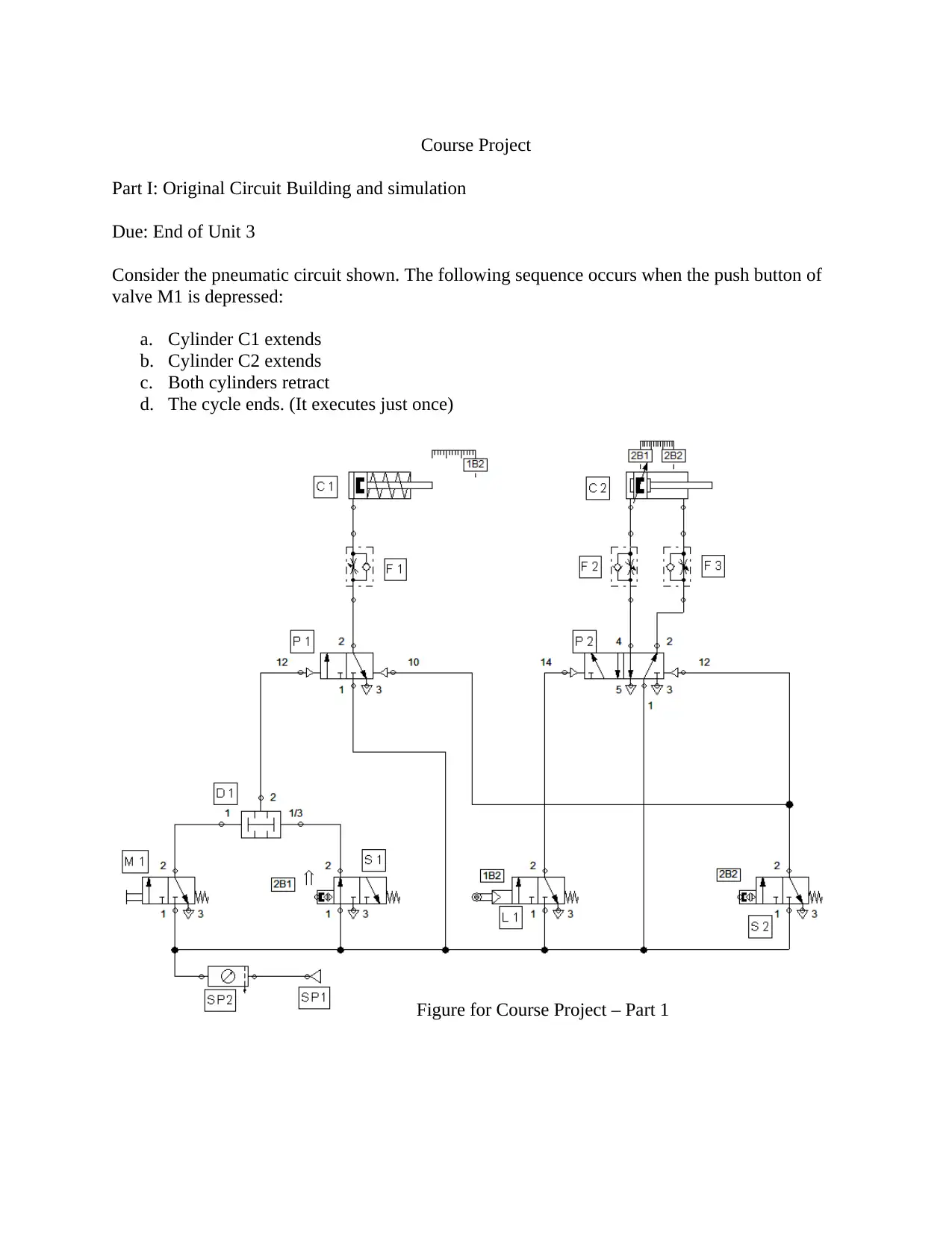
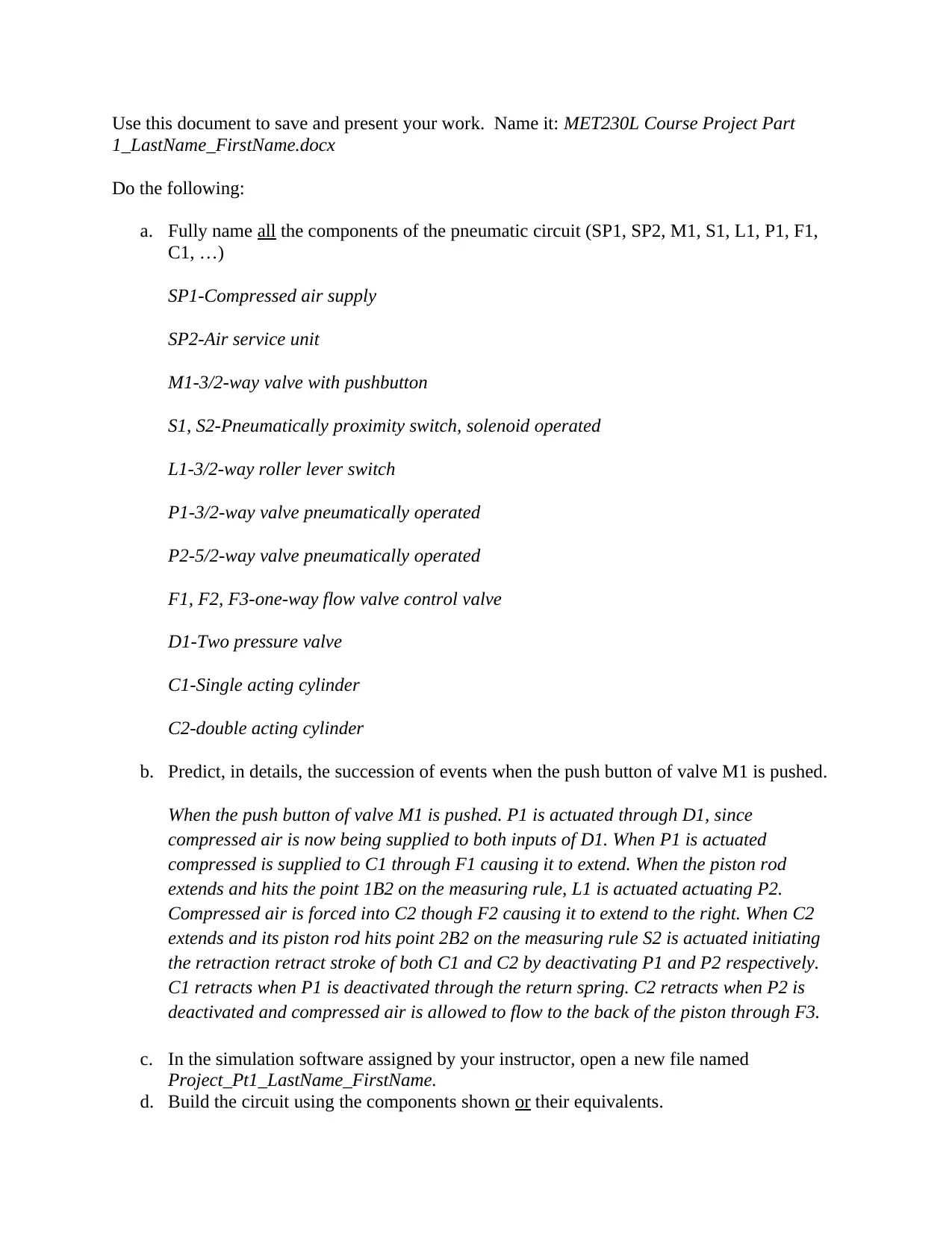
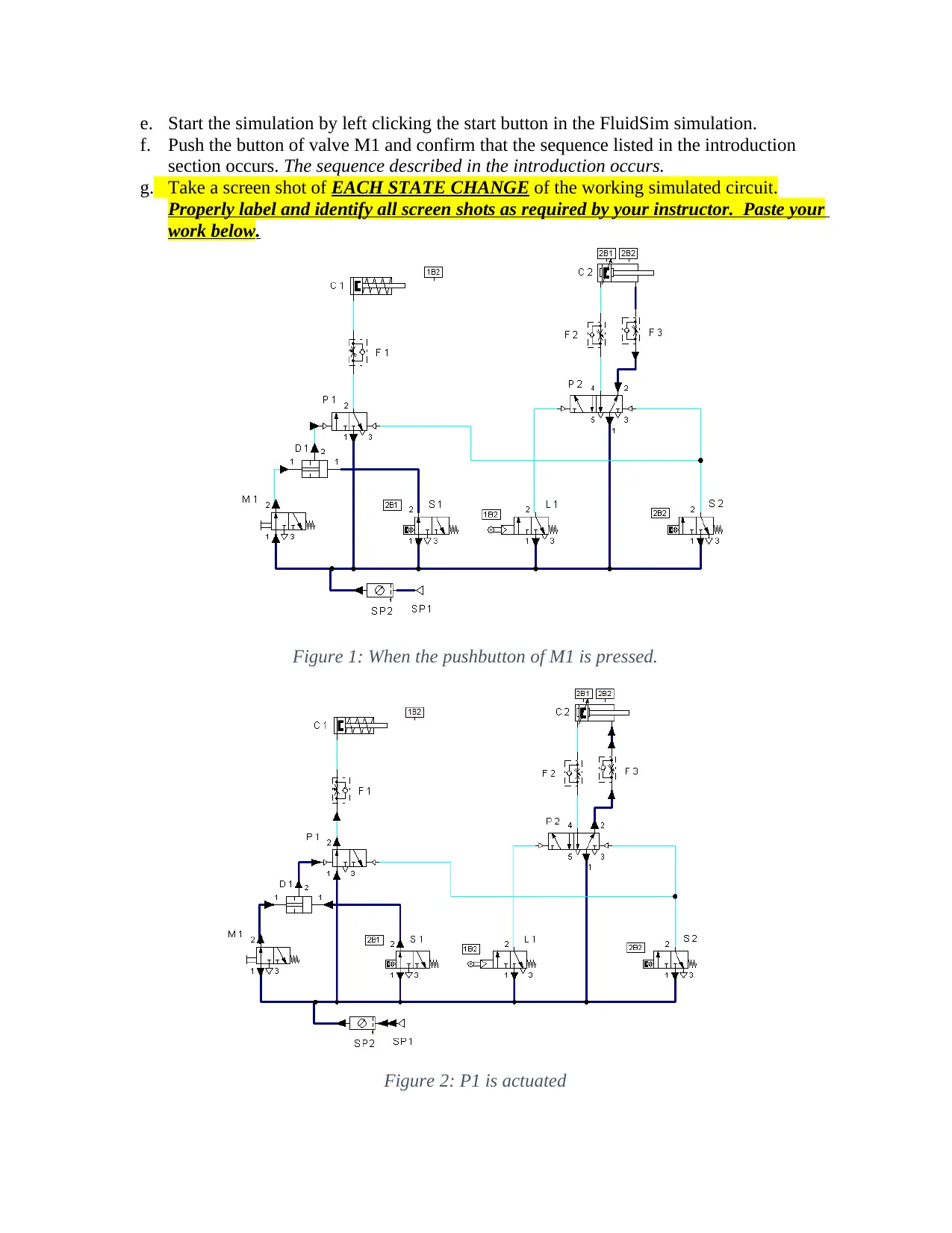
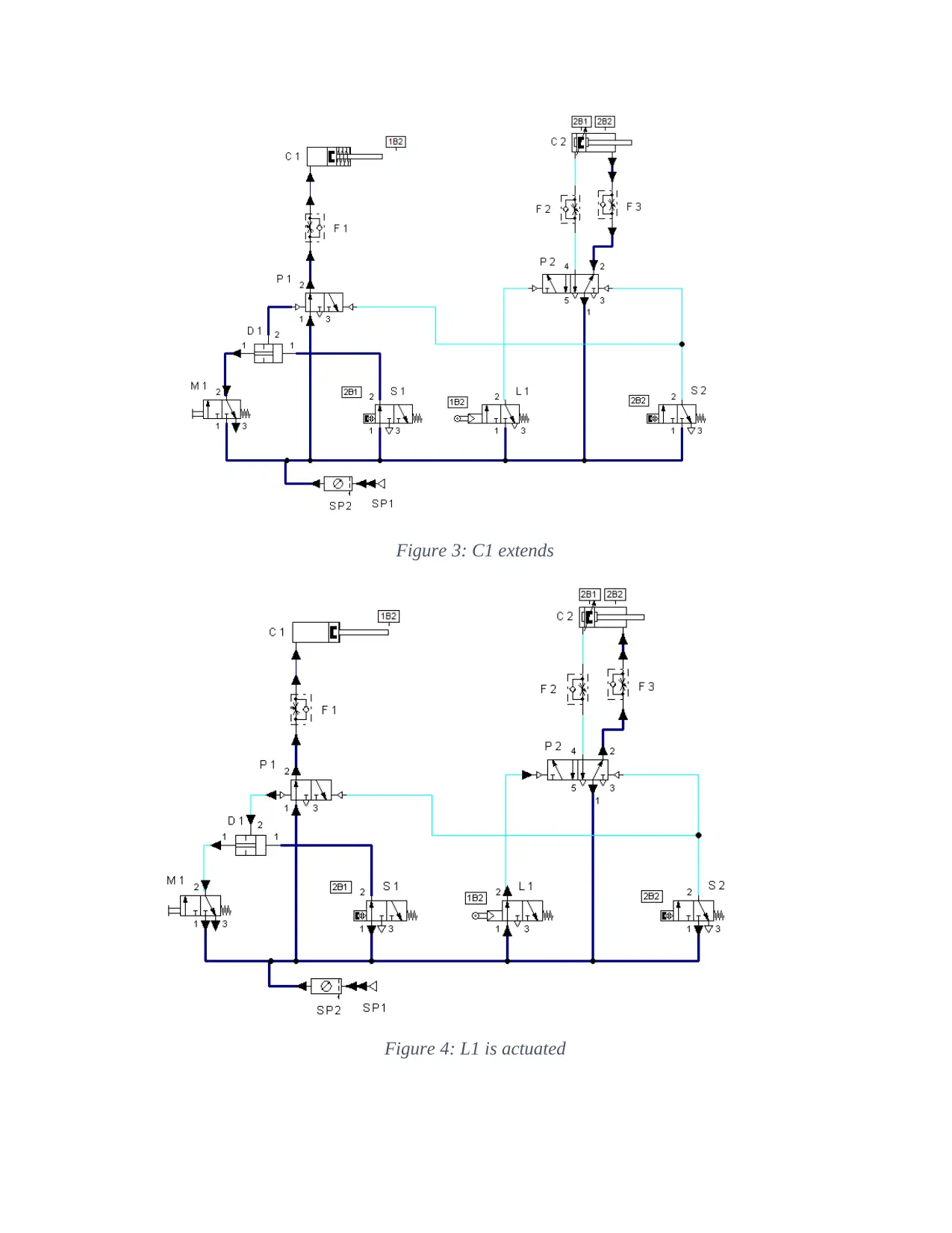
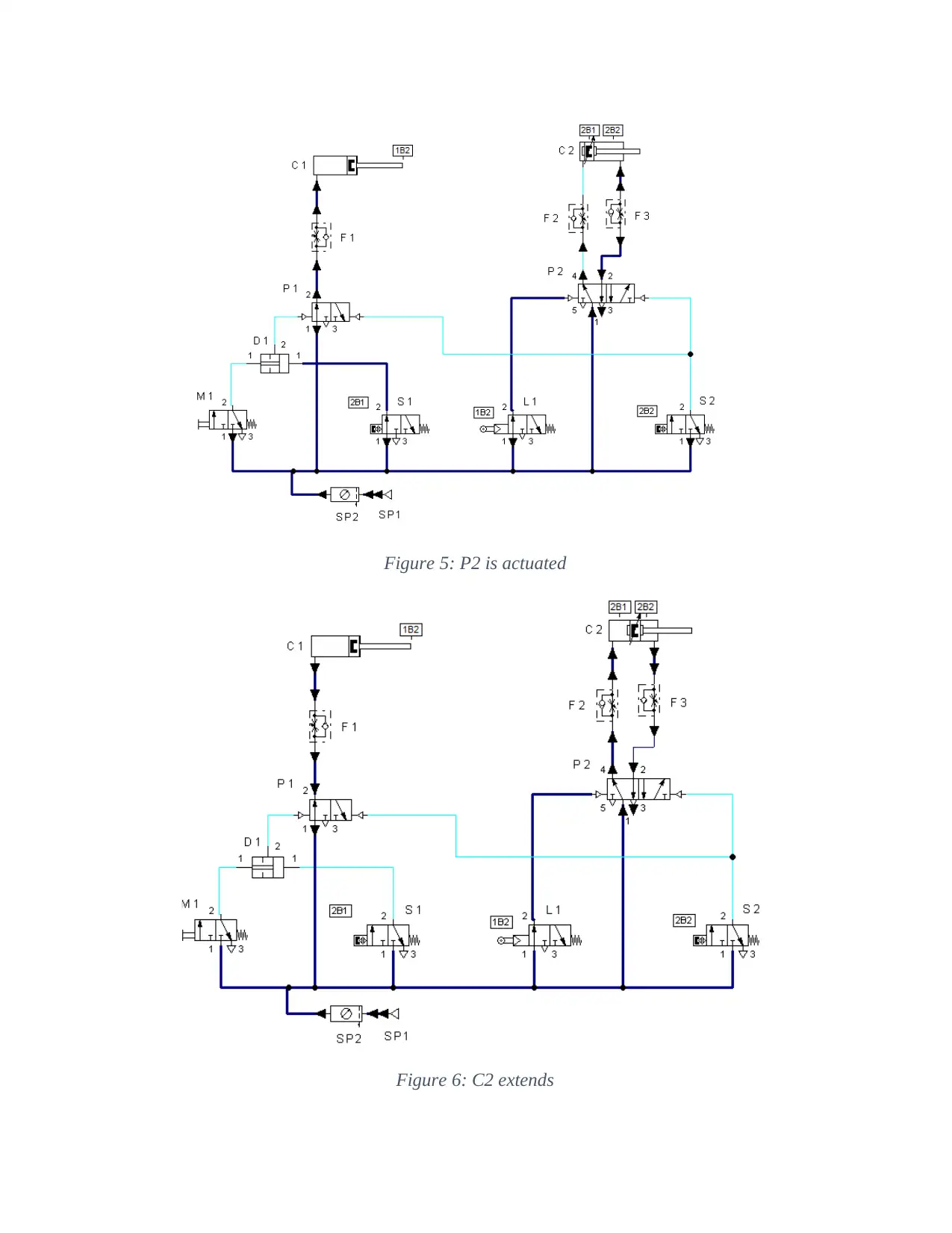
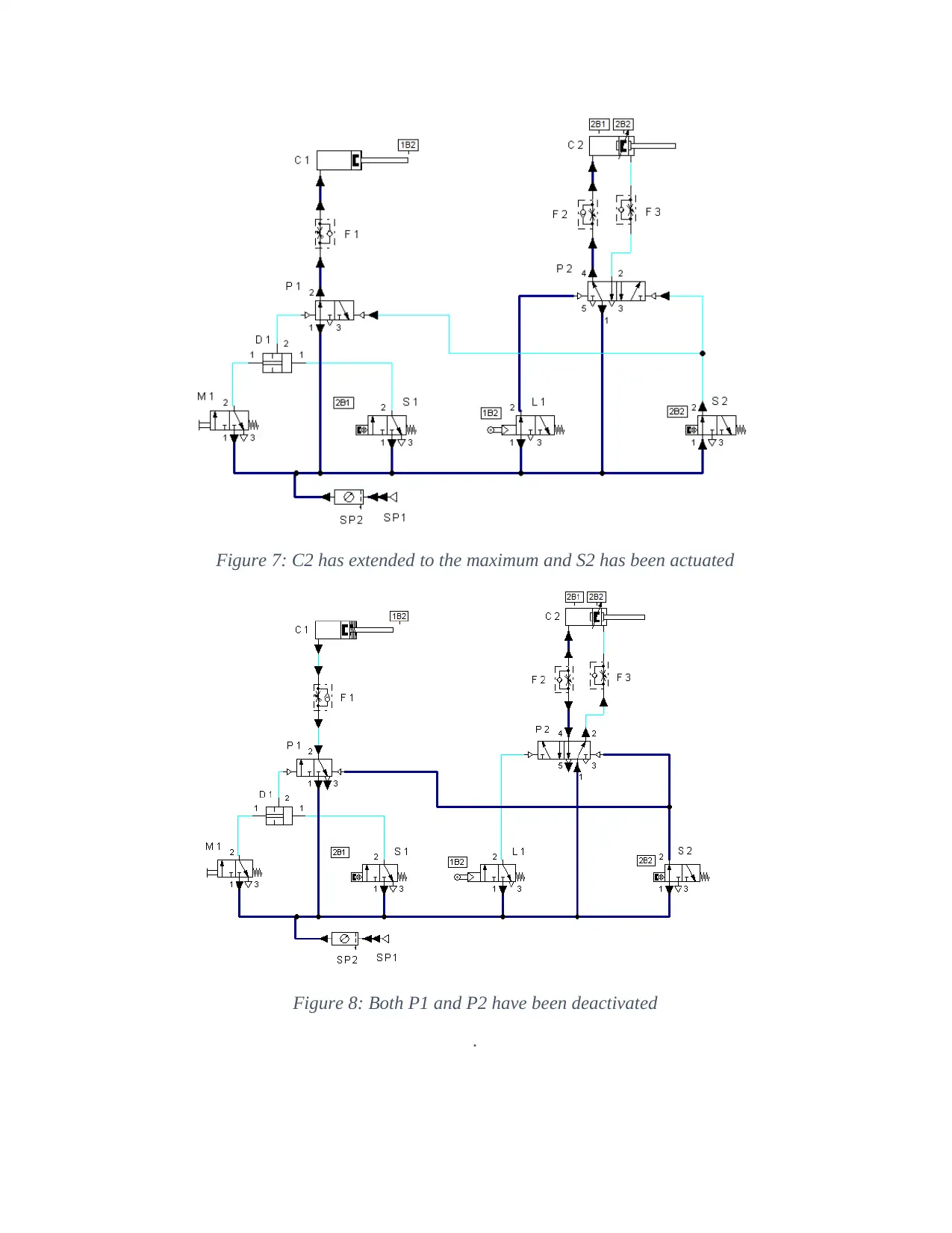
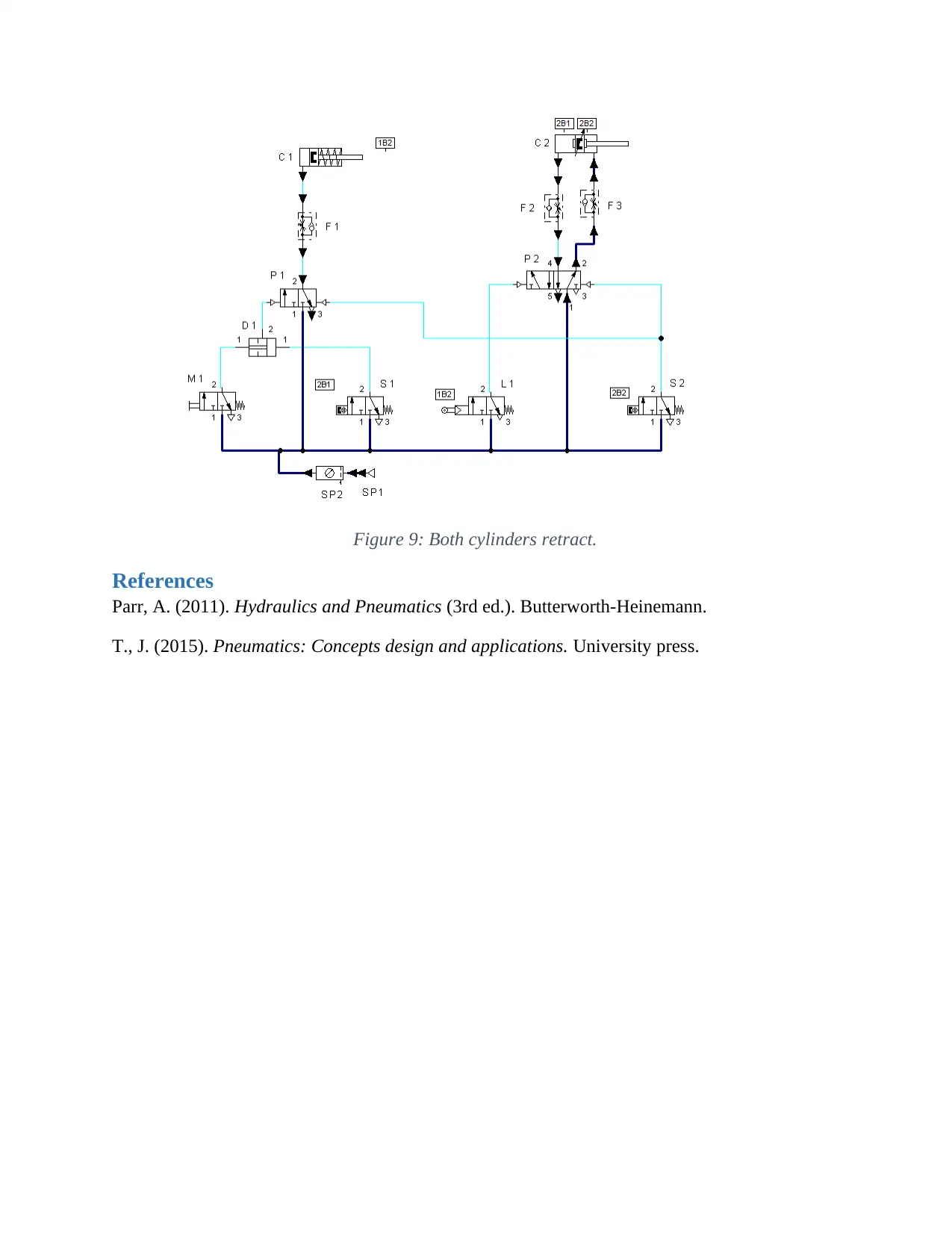






![[object Object]](/_next/static/media/star-bottom.7253800d.svg)